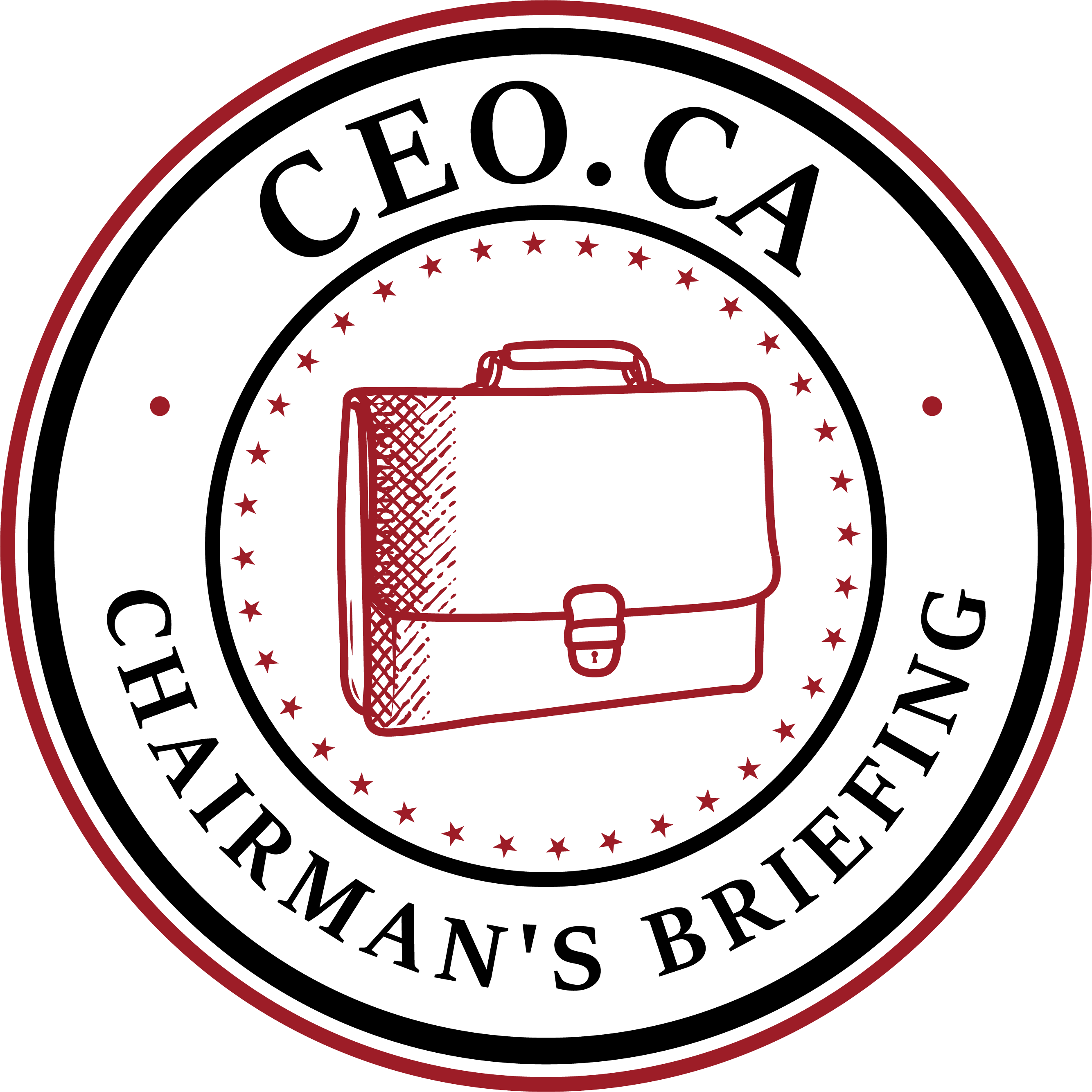Building momentum, reaching higher, and scaling up are natural ambitions. However, this sentiment takes a different turn when it comes to the inflation rate. In this context, a lower bar is preferable. Moving from 6.4% at the beginning of the year to the current rate of 3.2% might seem like an accomplishment. No doubt about it, but it's essential not to be overly naive.
Take a moment to consider the following: "Prices for consumers are growing at a slower pace." Is this deceleration the main point? Well, believe what you will. Nevertheless, when the inflation rate decreases, it doesn't imply a drop in prices; rather, it indicates a slower rate of price increase.
Overall inflation in the US remained steady from September to October, marking the first time in over a year that consumer prices collectively haven't fluctuated from one month to another. In October, prices rose 3.2% compared to a year earlier, the smallest increase since June, though still above the Fed's 2% inflation target. Labor Department data revealed a widespread easing of inflation across most goods and services.
Specifically, the price of used cars and trucks fell by 7.1%, continuing a prolonged decline after spiking in the early stages of the pandemic. Gasoline prices were down 5.3% from a year ago, contributing to an overall drop in energy costs. On the other hand, compared to a year ago, food prices climbed by 3.3%, and shelter costs rose by 6.7%. Core prices increased by 4% in October, a slight decrease from 4.1% in September, marking the smallest rise in two years.
The softer-than-expected inflation readings reported by the BLS led to a decline in US Treasury yields and sparked a rally in the stock market.

These milder inflation readings may fuel speculation that the Fed has completed its rate hikes. Consequently, the US dollar (refer to the US dollar index chart) and US bonds become less attractive, with the stock market capturing investors' attention.

The Fed maintained its benchmark interest rate at a 22-year high earlier this month. Following Tuesday's report, futures markets indicated zero chances that the central bank would raise rates at its next policy meeting in December.
Investors also adjusted their expectations for when the Fed might start cutting rates, with two 0.25 percentage point cuts by July now being priced in. However, Fed Chair Jay Powell emphasized that policymakers would not be "misled by a few good months of data" and that the central bank could tighten monetary policy further if necessary.




